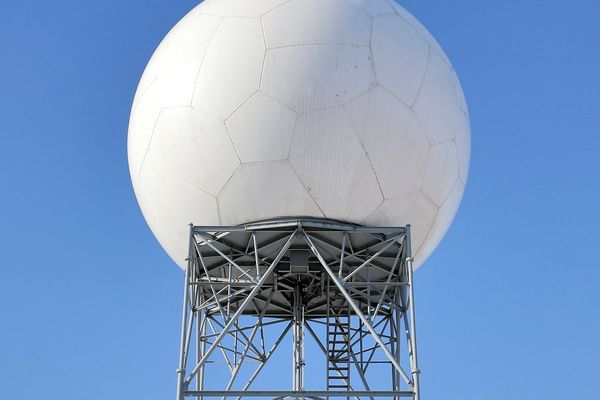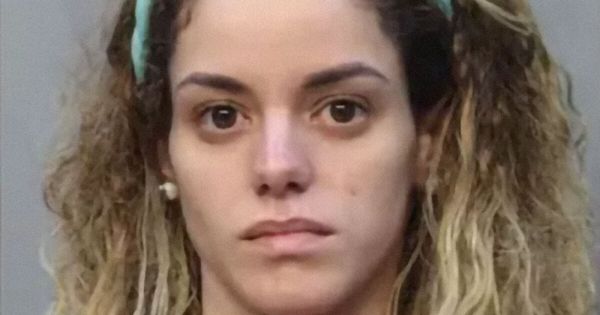CHICAGO — The city of Chicago will spend $6.8 million in grant money on eight new monuments, including a memorial for police torture victims, Mayor Brandon Johnson announced Monday.
The effort is an outgrowth of former Mayor Lori Lightfoot’s monuments commission, which she launched amid controversy over Christopher Columbus statues and hailed as a step toward racial healing and historical reckoning.
Funding for the monuments project is largely being provided by the Mellon Foundation, though Johnson said the city would contribute an additional $1 million.
“Today’s commitment will certainly help support the city of Chicago as we seek to heal,” Johnson said.
Planned monuments include the Chicago Torture Justice Memorial, dealing with the dark legacy of police misconduct left by disgraced late police commander and electroshock torturer Jon Burge. Another is to be called A Long Walk Home, dedicated to police shooting victim Rekia Boyd. Also planned is a commemoration of the Chicago Race Riots of 1919, as well as monuments that honor labor leader Mother Jones, gospel singer Mahalia Jackson, early settler Jean Baptiste Point DuSable and Pilsen Latinas.
One of the projects is called Other Washingtons, recognizing those aside from America’s first president. Cultural Affairs and Special Events Commissioner Erin Harkey noted that “Washington is the Blackest name in the country.”
Amid spirited public debate about race in America in 2020, Columbus came under renewed scrutiny as statues across the U.S. were pulled down and local governments stopped celebrating the holiday in his name. Though Chicago was one of the cities where the monuments were lifted, Lightfoot at first resisted their removal and insisted afterward that the Grant Park statue should eventually return.
The former mayor had said she didn’t believe in sanitizing history, but her pledge drew controversy from opponents of the monuments — even as an Italian American group sued her for removing another Columbus statue in Little Italy.
The panel recommended the city award grants to artists for development of ideas, including the monuments that were announced this week.
“These projects will create public art and monuments that reflect our values and our history,” Johnson said.
The city’s monuments project had four main goals: cataloging monuments and public art on city property and the property of related agencies such as the Chicago Park District; filling out the advisory committee that will “determine which pieces warrant attention or action;” recommending new monuments or public art; and creating a dialogue about Chicago’s past. Part of the issue is a lack of representation for women and people of color.
Indeed, The Chicago Public Art Guide, a 96-page survey by the cultural affairs department, shows more artwork celebrating mythical women than real women.
The mythical women include a 1954 bronze bas-relief by Milton Horn, Chicago Rising From the Lake, which is mounted along the Riverwalk under the Columbus Drive Bridge. Its female figure, the guide says, “represents Chicago, emerging reborn from the bottom of Lake Michigan following the Great Chicago Fire of 1871.”
There are few female and minority counterparts to the bronze statue of Augustus Saint-Gaudens’ 1897 General John Logan Memorial in Grant Park.
Women and minorities aren’t altogether absent from the city’s public art. Many appear among the large-scale, digital faces of sculptor Jaume Plensa’s Crown Fountain in Millennium Park. In addition, a statue of the prizewinning poet Gwendolyn Brooks was unveiled on the South Side in 2018. And the Harold Washington Library Center contains multiple artistic tributes to Chicago’s first Black mayor.
But they pale in volume with tributes honoring white people.
The Chicago Monuments Project’s report noted “a considerable campaign for long-standing community-led initiatives to support monuments that address social justice issues.”
To that end, the planned Torture Justice Memorial is intended to “honor the resiliency of survivors who were tortured under Jon Burge” and to commemorate the struggle for justice and for reparations for the survivors, and serve as a site for continued community building, healing and struggle.”
Burge joined the Chicago Police Department in 1970, serving in various investigative posts and as commander from 1986 until his firing in 1993. He was convicted in 2010 of lying about the torture of suspects. Special prosecutors alleged Burge and his so-called midnight crew of rogue detectives led the torture of criminal suspects for two decades, coercing dozens of confessions that have led to more than $100 million paid out in wrongful conviction cases.







